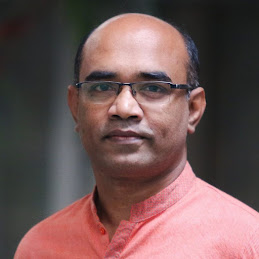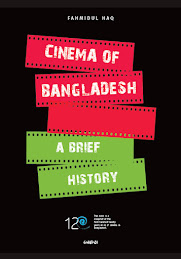Bangladesh started
producing film regularly since mid-1950s when it was part of Pakistan. Due to
the colonial military rule by the central West Pakistan, there was rise of
Bengali nationalism and people of East Pakistan started revolting. The East did not get the power even
though their political party Bangladesh Awami League got absolute majority in
1970 Pakistan election. The people of East got increasingly agitated and there
was a military crackdown in the midnight of March 25, 1971 and the war started.
Through the resistance of freedom fighters and the diplomatic and military
support from India, Bangladesh got liberated on December 16, 1971 from
Pakistan.
This article selects 20 best films in post-liberation (1972-2000) Bangladesh. The country had a vibrant mainstream film industry in 1970s and 1980s. Since 1990s, the industry started declining due to many internal and external factors. Meanwhile, since the mid-1980s, there was a slow but steady growth of independent cinema which started representing the national cinema of Bangladesh by documenting politics, culture and society, both in fiction and documentary genres and by participating in international festivals. Until mid-1990s, independent films were artisanal in look – short in length and technically ordinary; gradually they started to be more mature – full length in duration and comprehensive in film techniques.






